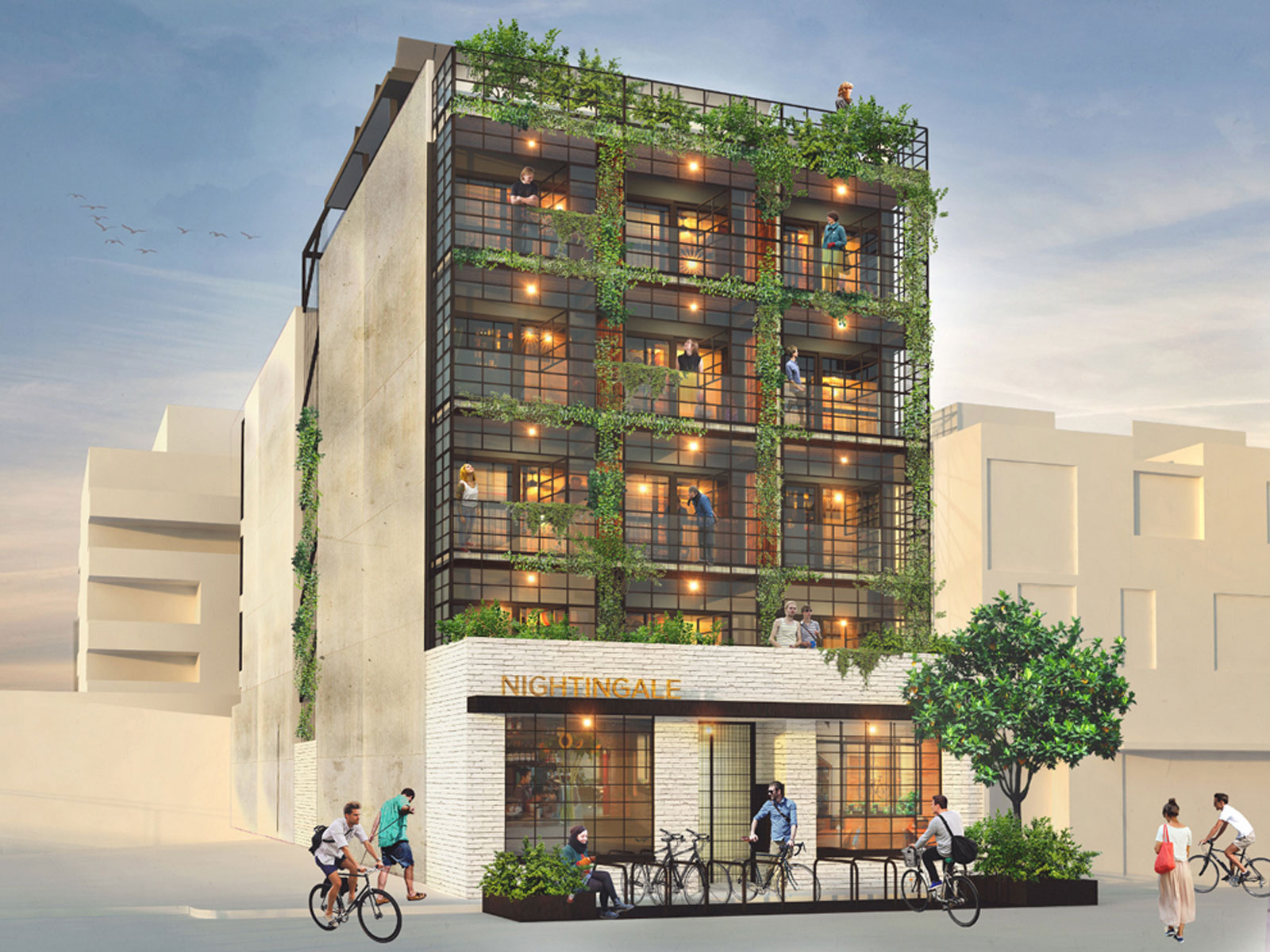Will Australia's Housing Crisis Deliver Unprecedented Innovation?
Contributed by Adam Di Marco, founder and publisher of The Urban Developer
"A diamond is a chunk of coal that is made good under pressure." Henry Kissinger
OK – stop the press. I'm going to say it. Australia's current housing crisis is the greatest opportunity for innovation that has ever existed in our industry.
Despite the world around us changing dramatically over the last few decades, the development industry in Australia continues to plan, design and build housing like it’s the 1960s.
I'm sure I'm going to ruffle some feathers here, but the traditional business model of housing development in this country is, well...pretty traditional.
Let's go for a walk...
The way it's currently done
As much as we'd like to celebrate our analytical credentials, property developers are still overwhelmingly intuitive beings.
We first identify sites based on the way we feel about them: A combination of factors such as the location, price, terms, owner's circumstances, aspect, development potential, constraints, proximity to competitive supply, etc.
We then ask our planners: What can we do with this?

We get a series of parameters that determine its development potential: Height, site cover, setbacks, gross floor area, the list goes on.
Based on the results of this, we then start the process of haggling agents and lawyers to agree to pricing and terms on the site, while concurrently juggling architects, civil engineers, planning authorities and sales agents to design a scheme that brings the whole thing together.
We then go to war with planning authorities, usually get a result that is best described as a zero-sum game (we won; they won; no one wins) and we take a deep breath before starting the pre-sale process.
We typically engage a creative agency, throw a name with "green" or "square" on the marketing collateral, create a false sense of urgency through a sales launch and achieve enough pre-sales to satisfy our bank's “conditions precedent”.

All the while, we're juggling the builders' price, the quality of finishes, the sales commissions we pay to the agents and the terms of our funding to, hopefully, get started on construction.
And then we wait...worrying ourselves sick the market doesn't shift while the builder completes the project and the happy (hopefully, still?) buyers settle their purchase.
Then we take the profit from that development and jump into the next one.
Did someone say Groundhog Day?!

But the issue remains, if not intensifies
The sad reality is that this model – call it the status quo – is generating nowhere near enough housing.
The current social issues of homelessness and housing stress, particularly in relation to the lower socio-economic groups, will only intensify in the coming years.
For all the talk of oversupply (and much of it is valid in certain areas), our population is growing at rates not seen since the gold rush of the 1850s.
A tighter funding environment, softer buyer demand and a peak in supply have thrown some cold water on the issue in the short-term, but the underlying structural issue remains.
Indeed, it continues to worsen.
So, what will happen?
Quite simply, the medium- to long-term outlook for property in Australia is a case of Groundhog Day, once more.
Supply will struggle to keep up with demand, property prices will continue to rise, owners will increase their equity and renters will struggle to keep up.
Unless, of course, something breaks the system.
No single silver bullet, but pain comes before the panacea
For all the talk of autonomous vehicles, the “missing middle”, 3D printing and prefabrication, the innovation in Australia's housing sectors is most evident when looking at new business models that are emerging.
Take citizen-led development: A hugely successful new model that sees property owners coming together in a syndicate to independently develop a project.
The likes of Nightingale and Property Collectives have pioneered a new market segment that will no doubt evolve from inception to maturity in the coming years.

Lessons from sister sectors
The rise of the student accommodation sector in Australia has been one of the quiet achievers over the last few years as developers, operators and capital have combined with genuine demand to deliver both quantity and quality.
According to Knight Frank's 2018 Student Housing report, it is expected that nearly 50,000 purpose built student accommodation (PBSA) bed spaces will be delivered between 2015 and 2021.

The business model of student accommodation (build, hold, operate) is a great precursor to the emerging Build-to-Rent model that many within the industry hope is the next major residential asset class.
With a few tweaks by government in relation to land supply, land tax, GST, tenant security and infrastructure charges, the residential sector can emulate the success of the student accommodation sector by unlocking billions of dollars’ capital that is waiting to find a home.
As Kissinger says, no pressure = no diamonds.
The more the pressure builds, the more likely it will be that we find a diamond somewhere in the rough.
Want to know more?
The Urban Developer, in partnership with Development Finance Partners, is proud to be hosting an upcoming event series in Sydney, Melbourne and Brisbane: Predicting the Future of Residential Development: The new business models changing the way the sector develops, owns, operates and invests in residential property.
For further details, please click here.
Adam Di Marco is the founder and publisher of The Urban Developer. He is also the managing director of Di Marco Group, a Brisbane-based boutique property development business and executive chairman of CityShape, a disruptive big-data start-up for the property industry.














